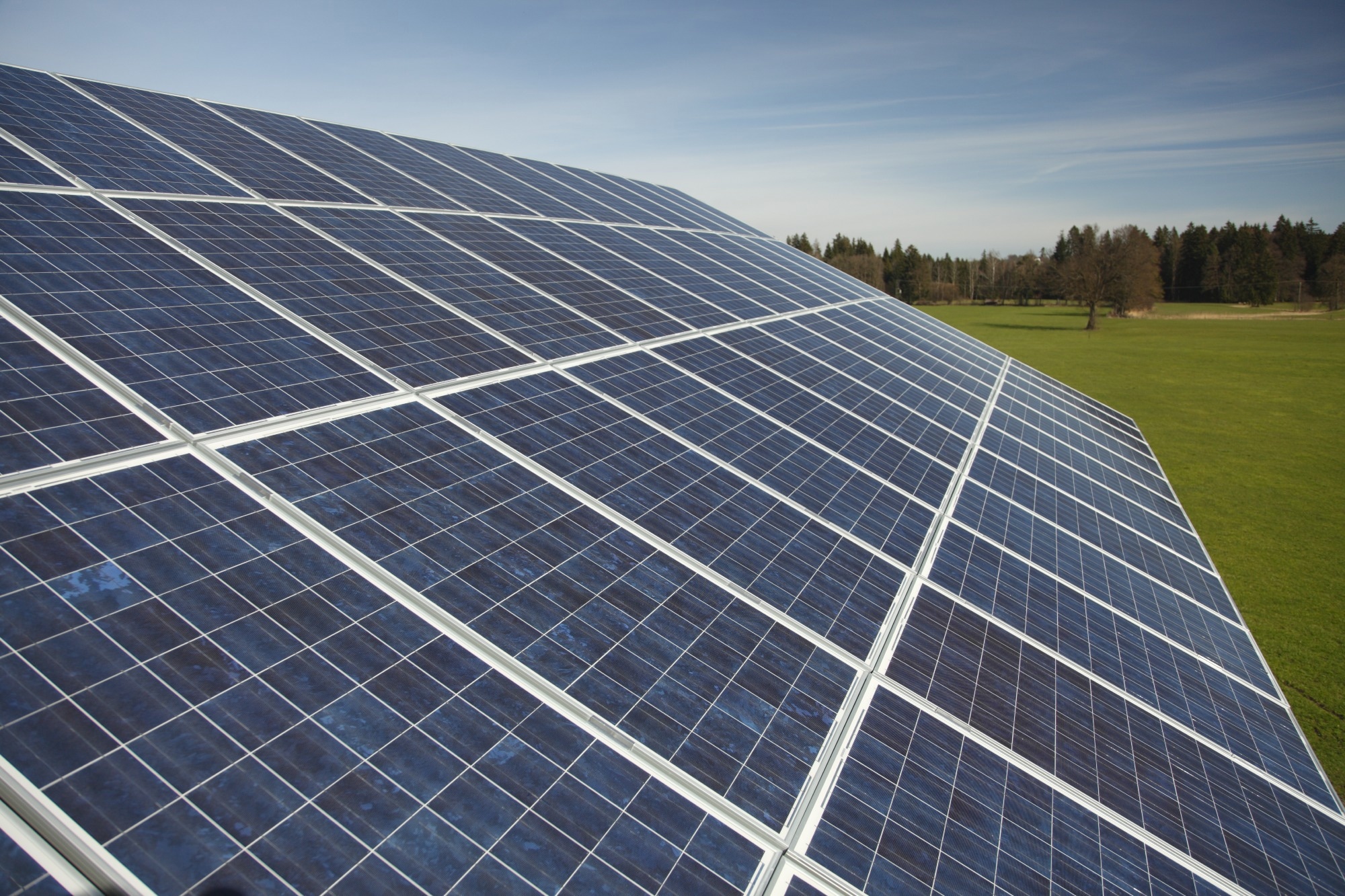In a recent study published in the journal NPJ | Computational Materials, researchers introduced "DeepAcceptor", a deep learning framework aimed at accelerating the discovery of high-performance non-fullerene acceptor (NFA) materials for organic solar cells (OSCs). The goal was to demonstrate deep learning's potential to revolutionize OSC design and development, leading to more efficient and sustainable energy solutions.
 Study: Deep Learning Transforms Solar Cell Design. Image Credit: rtbilder/Shutterstock.com
Study: Deep Learning Transforms Solar Cell Design. Image Credit: rtbilder/Shutterstock.com
Background
OSCs are emerging as a promising green energy technology due to their lightweight, low-cost, and flexible nature. Their structure primarily consists of bulk heterojunctions (BHJs) with electron donor and acceptor materials. The efficiency of an OSC is determined by its power conversion efficiency (PCE), which represents the percentage of incident sunlight converted into electricity.
Recent advancements in OSC technology have focused on developing small-molecule NFAs for their superior absorption properties and tunable energetics. Compared to fullerene acceptors, NFAs offer advantages like broader absorption spectra, higher open-circuit voltage, and better stability. However, discovering high-performance NFAs remains time-consuming, expensive, and inefficient, slowing OSC's technological progress. The traditional process of synthesizing and characterizing candidate molecules is laborious and costly.
About the Research
In this paper, the authors presented DeepAcceptor, a framework that integrates data collection, a PCE predictor, molecular generation and screening, and material discovery. It uses computational data from over 51,000 NFAs and experimental data from 1,027 NFAs to ensure accuracy in predicting real-world PCE values.
At the core of DeepAcceptor is abcBERT, a deep learning architecture that combines the capability of bidirectional encoder representations from transformers (BERT) and graph neural networks (GNNs). BERT is a powerful language model that excels at understanding the context and relationships between words in a sentence. GNNs, on the other hand, can represent and analyze complex relationships within graphs, which are ideal for representing molecular structures.
abcBERT uses a message-passing mechanism to extract representations from molecular graphs, considering atom types, bond types, bond lengths, and adjacency matrices. It is pre-trained on the computational dataset using a masked molecular graph task, similar to a masked language model, allowing it to learn fundamental molecular rules. The model is then fine-tuned on the experimental dataset for PCE prediction.
Research Findings
The researchers conducted extensive evaluations to assess the performance of abcBERT and DeepAcceptor. The outcomes showed that abcBERT outperformed other state-of-the-art models in predicting PCE, achieving a mean absolute error (MAE) of 1.78, a mean squared error (MSE) of 5.53, a Pearson correlation coefficient (r) of 0.82, and a coefficient of determination (R²) of 0.67 on the test set. These metrics highlight the model's ability to accurately predict PCE values based on molecular structure.
The study also conducted an ablation study to investigate the contribution of different components of the abcBERT model to its performance. It revealed that incorporating bond length and connection information significantly improves the model's accuracy. These results underscored the importance of capturing detailed structural information for accurate PCE prediction.
Furthermore, to demonstrate DeepAcceptor's performance, the researchers developed a molecular generation and screening process. Using the breaking of retrosynthetically interesting chemical substructures (BRICS) algorithm and a variational autoencoder (VAE), they generated a database of 4.8 million molecules.
This database was screened based on properties like molecular weight, the logarithm of the partition coefficient (LogP), the number of rotatable bonds, and hydrogen bond acceptors and donors. The abcBERT model predicted the PCE of the screened candidates, and three promising ones were selected for experimental validation.
Applications
The proposed technique could greatly impact OSC technology by speeding up the discovery of high-performance NFA materials, reducing the time and cost of traditional development, and promoting the widespread adoption of efficient, cost-effective OSCs. DeepAcceptor can screen large libraries of NFA candidates, helping researchers focus on the most promising ones. It also offers insights into the relationship between molecular structure and NFA performance, supporting the design of better materials.
Conclusion
In summary, the novel framework proved effective in predicting the performance of OSCs. It has the potential to revolutionize the discovery of new and improved high-performance NFA materials for OSCs and accelerate the development of this promising green energy technology. Its ability to accurately predict PCE values based on molecular structure could significantly reduce the time and cost associated with traditional material development.
Future work should focus on expanding the experimental dataset to include a wider range of NFA materials and their corresponding PCE values, further enhancing the accuracy and generalizability of the DeepAcceptor framework. Additionally, exploring the use of more advanced deep learning architectures, such as transformers with attention mechanisms, could further improve the model's performance.